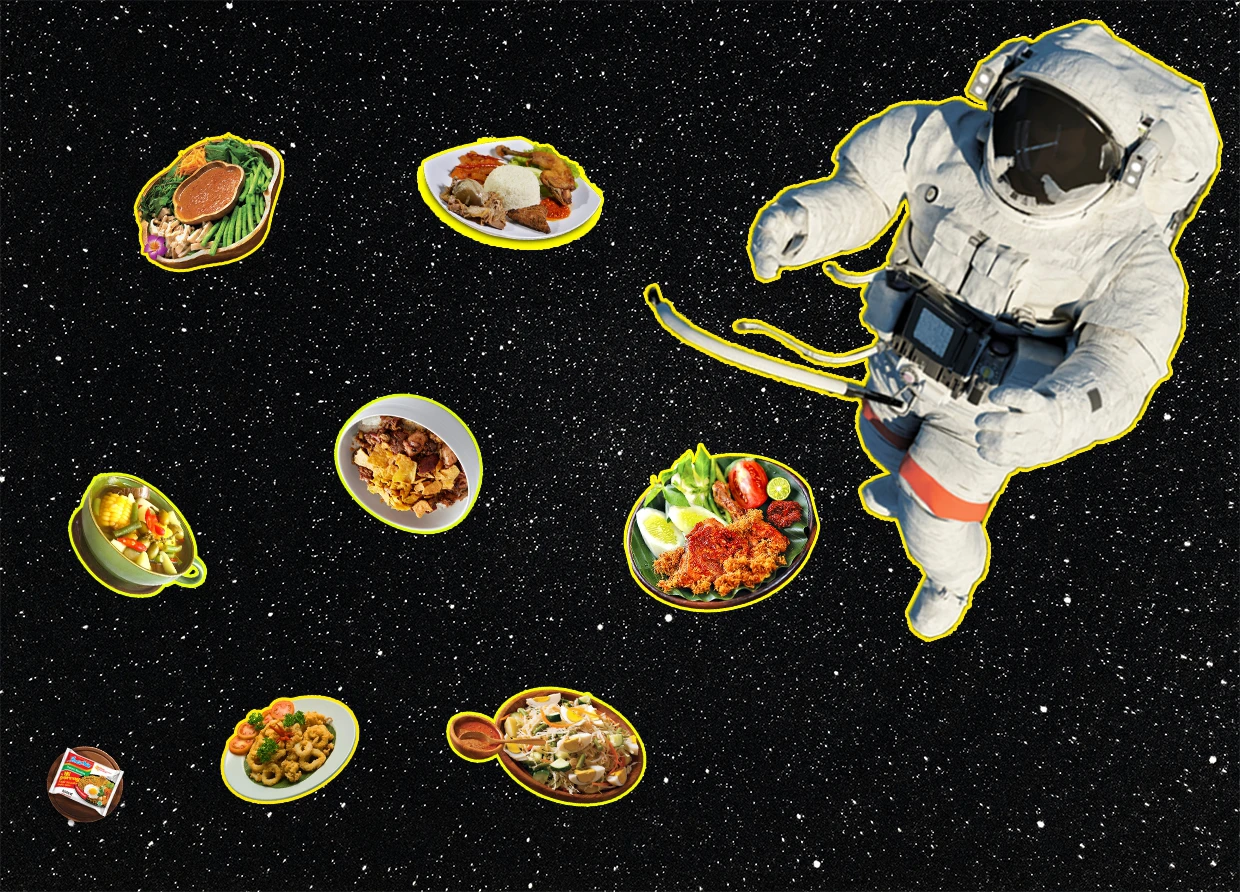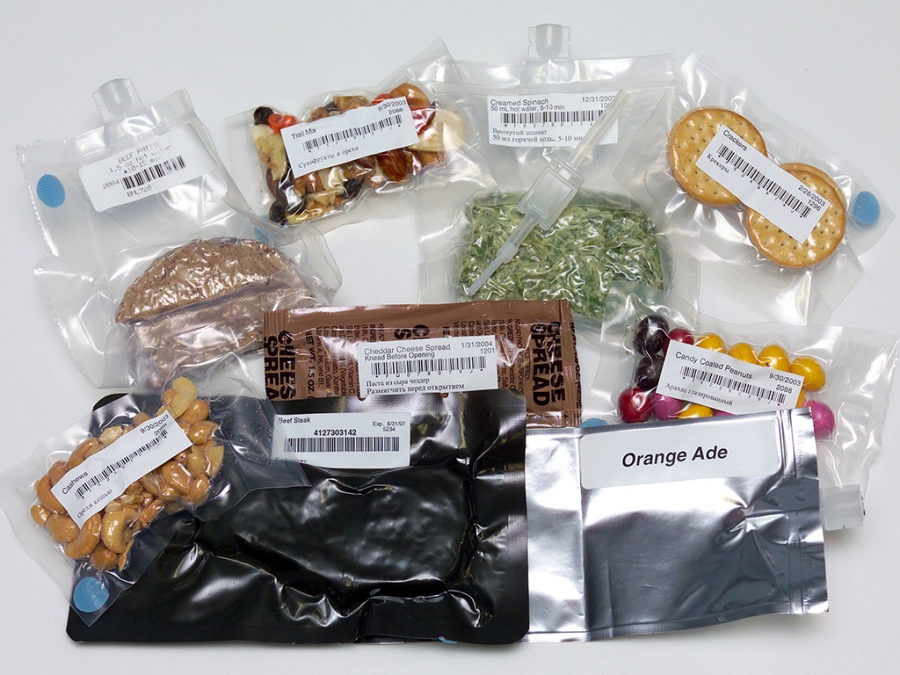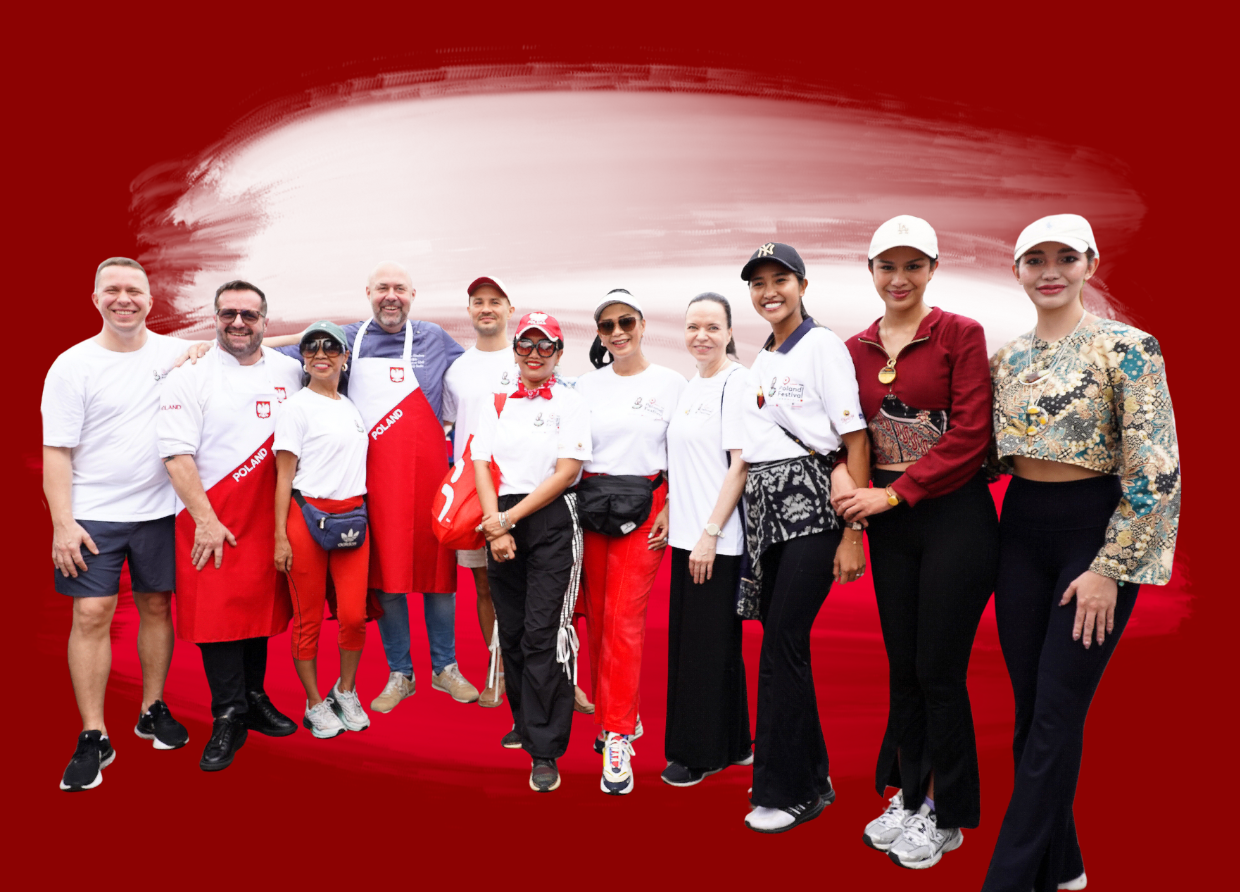KLATEN, HOME TO ASTRONAUT'S SUPERFOOD
Get to know the Indonesian microbiology start-up company that supplies astronauts worldwide with food ingredients.

The astronaut profession is something that many people have dreamed of since childhood. It is indisputable that exploring the cosmos on a spaceship has a romantic tinge to it.
However, life in outer space is not easy. Good physical form and high abilities are not enough — you'll also need persistence and discipline. Astronauts must also adjust their diet to the rules that apply while outside Earth's atmosphere. The different gravity levels between Earth and outer space is a problem that astronauts often experience.
The astronauts are required to eat foods that are nutritious and easy to digest. Scientists must find ways to package food supplies for consumption to make astronauts live in space. In order to be suitable for consumption in space, the food supply must meet several food criteria.
At first, the space food was so soft, similar to baby food, that it was prepared into a tube-like toothpaste. John Glenn was the first American to eat-in space. During his five-hour flight, he ate canisters filled with mashed apples. As a result, he succeeded in proving that humans can swallow and digest food in space and permanently changed the space-food game.
Superfood material
Indonesia has been contributing as a food supplier for astronauts through a microbiology start-up company, PT Algaepark Indonesia Mandiri, which is based in Klaten, Central Java, Sidowayah Village, Polanharjo District. The company uses its proprietary cultivation technology to produce food-grade freshwater algae.
It has been developing its products since 2018 by encompassing technological choice and application that is small-scale, affordable by locals, decentralized, labor-intensive, energy-efficient, environmentally sound, and locally autonomous. Other than astronauts, the company also supplies American and Russian soldiers.

Algae seeds are grown in the freshwater before harvesting. Once harvested, the algae are dried and used as semi-finished products before being put into production units. It can later be processed into food ingredients, such as noodles.
For astronauts, these freshwater algae are processed by a special method and dried to form a kind of powder. The powder is the staple ingredient for a superfood capsule material, commonly known as spirulina.
It may look simple but still nutritious. A study by WHO states that one gram of microalgae is equivalent in nutrition to one kilogram of fruit and vegetable. The astronauts only need to eat two capsules per day to meet their daily nutritional needs.
NASA space cuisine recommendation
Back in the 1970s, NASA discovered that spirulina is a safe and practical choice of food that can be carried all the way to space.
The composition of spirulina with all those edible bacteria and microorganisms is what makes Spirulina one of the most concentrated foods available to humankind. This way, space travelers can travel light and also be reassured that they will not be lacking in nutrients, both in terms of quantity and especially in quality.

It has proven to boost energy, be nutritious, have antioxidant properties, and be incredibly easy to digest. Spirulina is convenient to carry and consume since it is available to be consumed in a variety of forms, such as powder, capsules, tablets as well as flakes.
According to Sanat, a herbal extract manufacturer based in India that also processes the algae, spirulina owes its significantly growing reputation as space food to the fact that only a minute amount of it is sufficient to satiate human hunger. Its efficiency reduces the load that needs to be stacked up within the space capsule. It is, therefore, not at all a bad choice of food for those traveling into space for weeks or even months altogether.
#THE S MEDIA #Media Milenial #eating in space #superfood from klaten



























